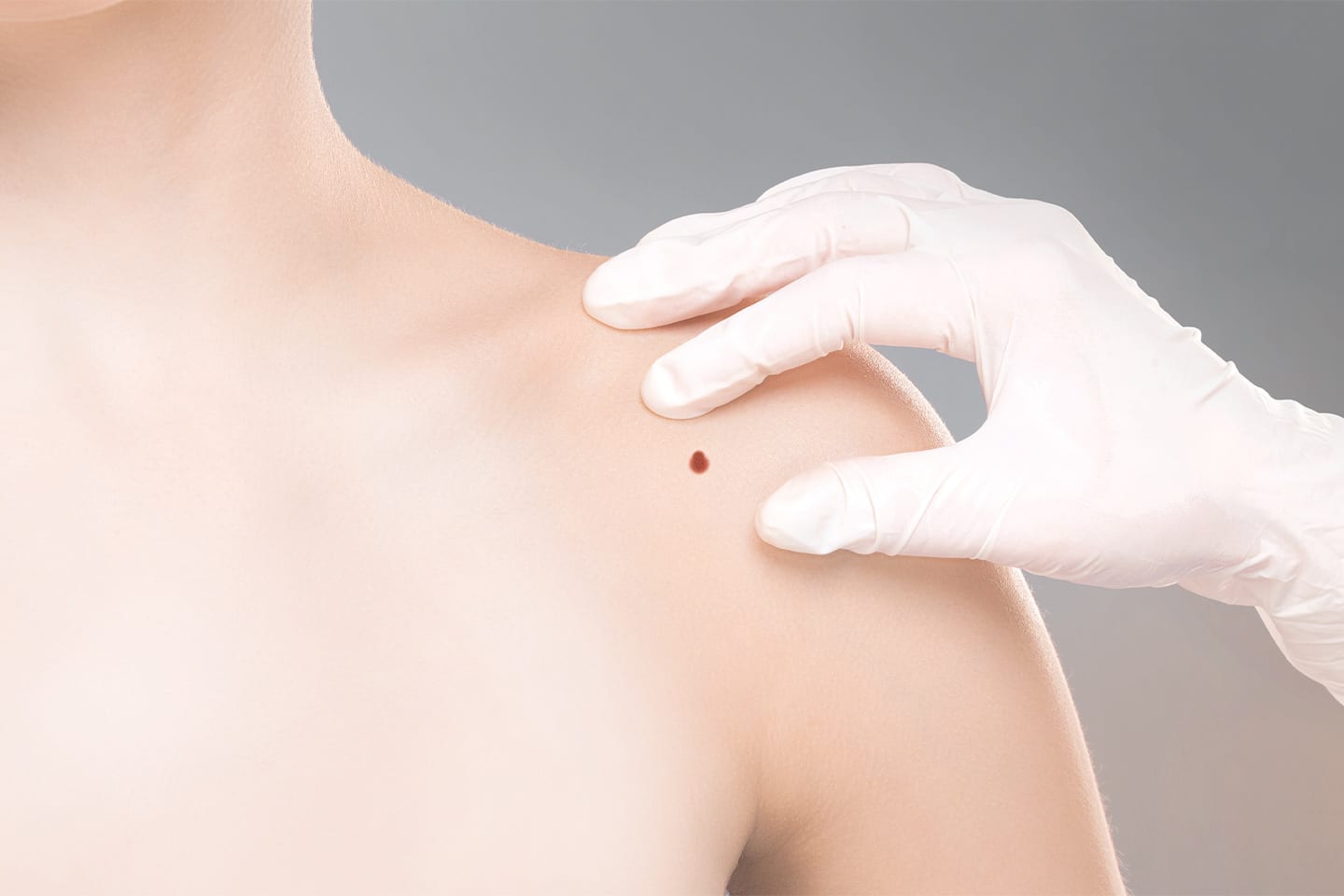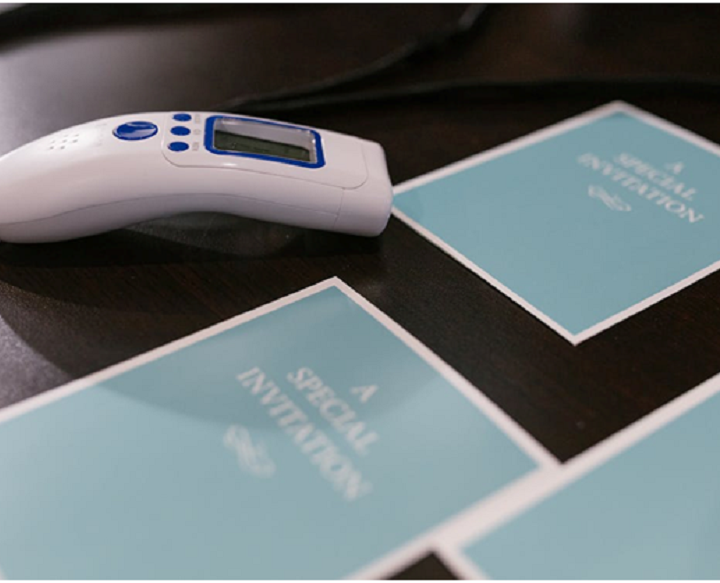You know your body better than anyone else. Therefore, you are in the best position to self-screen your moles and keep a tab on the number of moles or skin changes that you may encounter. According to experts, self-awareness has been the key to catching any early signs of melanoma and getting it treated before it advances into a major illness.
Melanoma can be defined as the type of skin cancer which forms in the cells responsible for controlling the colour or pigment of the skin. Melanoma is the most common skin cancer type and is dangerous; it could spread very quickly all over the body if left unchecked and unnoticed.
You can even visit the skin doctor at Nitai Medical and Cosmetic Centre to undergo a mole check in Melbourne, and to know about the best methods to do a self mole exam at home. The best type of mol screening is to do the mole check yourself regularly. Here are the top points that you need to know about mole screening.
- Regular self-examination is a must
It is important to do a self-examination of your moles regardless of the colour of your skin or the quantity of sunscreen you use daily. In most cases, melanoma is usually first detected by the individual when doing the self-examination of the moles. Regular self mole check helps you stay aware of the kind of moles in your body. This helps to easily detect the new moles and moles showing abnormal growth.
Now, you don’t need to scan your skin obsessively daily to self-screen the moles. All you need to do is spend approximately 5 to 10 minutes every month to observe your skin to find out any abnormally growing moles or detect new moles. You need to first consult an expert skin doctor to learn the methods of identifying the self-screening moles.
- Check the most likely areas
Though melanoma can appear at any place in your body, there are a few spots where it is most likely to show up. According to skin doctors, the most common area in the body for men to spot melanoma is the back. This is because men usually spend significant amounts of time shirtless during summer when doing outdoor activities – mowing the lawn, swimming, and playing sports.
For women, the most common area is in the back of their legs, since most women wear skirts or shorts or dresses that expose most of their legs during warm sunny days. To self-check for mole growth, you need to stand with your back to the full-length mirror and hold another mirror in front of you. You can take the help of your partner or friends to hold the mirror in front and screen for moles in these areas.
- Screen for changing or new moles
When you do the self mole check, the objective is to search for any new moles in the body or moles that have changed shape, size or colour. Most people tend to focus more on moles, they’ve had forever. Experts recommended searching for new mole growth as it could be a sign of melanoma, and if you do find one you need to immediately consult the skin doctor and undergo a mole check in Melbourne. Also check out for moles that have changed their colour or orientation and look different now, from when you’ve checked them the last time.
Most cases of melanoma are the new moles formed on the skin. Therefore, experts recommend focusing on the new moles when doing self mole checks.
- Know how to check the moles for melanoma
While you do the self-check of your moles. It is important to know how to check them for signs of melanoma. For this, you need to follow the ABCDE rule, which stands for Asymmetry, Border, Colour, Diameter and Evolving.
- Asymmetry: When you draw a line through the middle of the mole, do both sides appear symmetrical to one another in terms of shape, size and colour. Asymmetrical moles are an early sign of melanoma.
- Border: Noncancerous moles have a clean round and tidy border. Whereas, cancerous moles have an uneven border; the edges are jagged, wavy or scalloped or even blurry.
- Colour: Cancerous moles have multiple colours, or shades of tan, brown and black in one single mole. Moles with blue, white or red colours are also signs of melanoma.
- Diameter: Diameter here means the size of the moles. Though moles vary in size and there could be bigger moles in your body. However, if the diameter or size of the mole has changed since your last self eczema, it could be a cancerous mole.
- Evolving: The mole can sometimes evolve into various features and dimensions that may not seem like normal mole growth. These evolving patterns of the moles are a sign of melanoma, and you must undergo a mole check in Melbourne supervised by the skin doctor.
To talk to our skin doctor about doing a mole check in Melbourne, you must visit Nitai Medical and Cosmetic Centre today.






